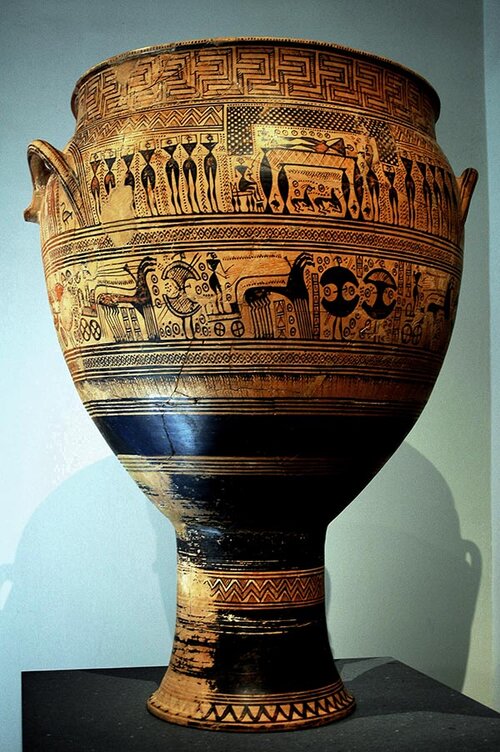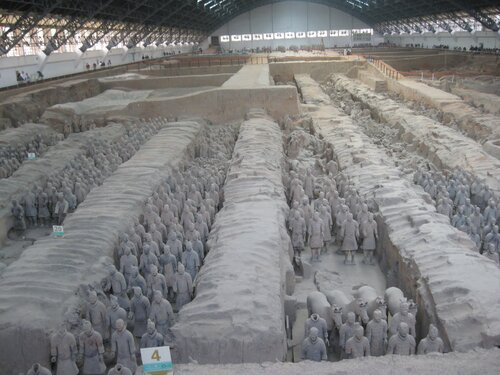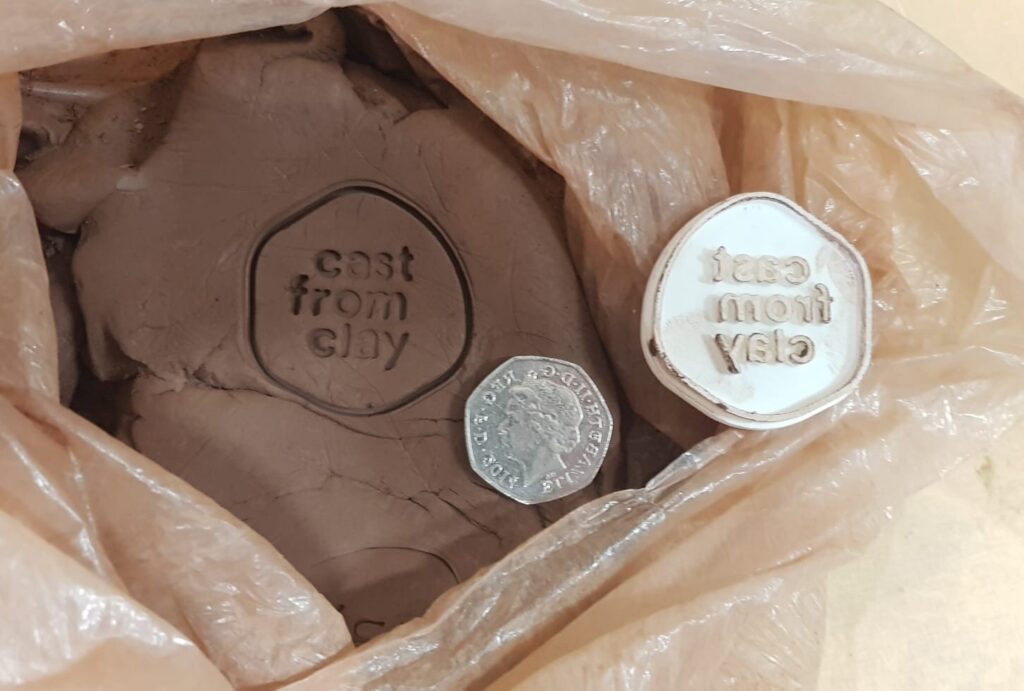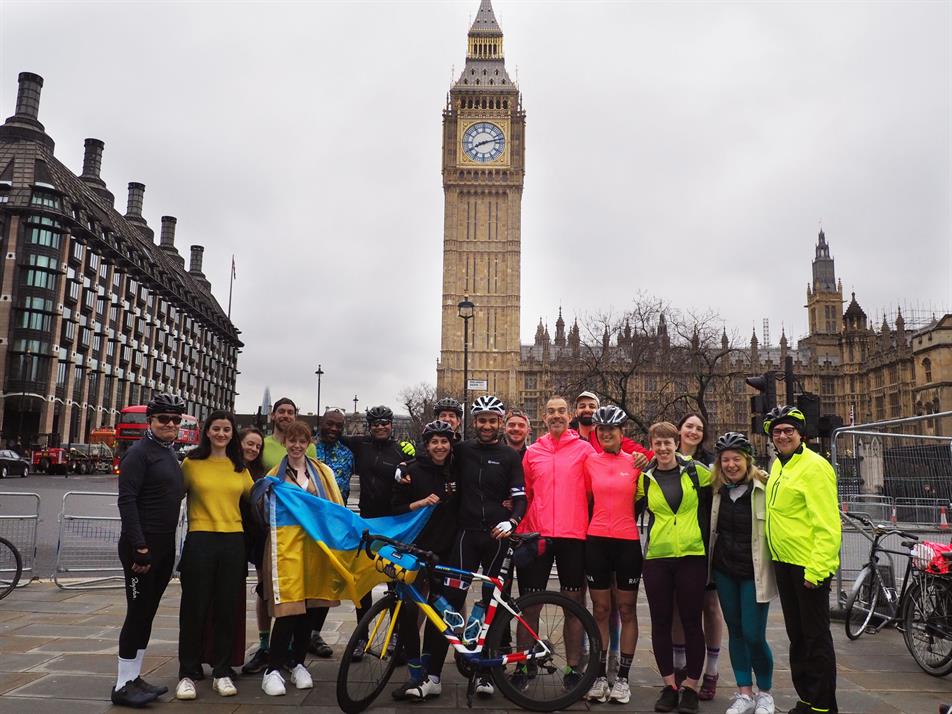As we called a day on the We are Flint brand, we were faced with a challenge – to develop a brand worthy of taking up the mantle.
Over the years, We are Flint had become a part of who we were. We had developed a connection – from the name to the photography via the story – and bonfiring the brand was an emotional evening.
We knew that finding a new name would be hard. But we expected that we would know the right name when we saw it.
A couple of brainstorms later, we realised we were right about our first assumption – but we were wrong about the second.
From sparking to moulding
Tom explained in his blog post why the We are Flint imagery of lighting fires under brave ideas no longer worked for us. It is not so much about a single spark, as about hard work over a sustained period.
We’ve been banging the drum for experts to bring the human back into policy communications, to strengthen democracy. We are often presented with the dichotomy of incomprehensibly complex policy ideas, or accessible-but-over-simplified policy ideas. We reject this dichotomy.
Humans are complex. Society is complex. Yet there are many examples of complex ideas being communicated in elegant and simple (but not simplistic) ways.
Making things simple – without losing their meaning – is hard work. Hard facts are best woven into narratives, which have to be shaped and moulded, worked and reworked. In the end though, when it’s done well, we all win.
After going down a few rabbit holes, we explored an earlier suggestion which had gone under the radar: From Clay. This then morphed into Made From Clay, before we settled on Cast From Clay.
A universal human story
Clay has been a fundamental material to humanity. Fragments of ancient pottery are some of the earliest indicators of human settlement and culture. Many prehistoric cultures are named after the type of pottery they produced.
Clay was so fundamental, in fact, that it is at the heart of many origin myths about the creation of humankind.
The story of humans being fashioned from clay is not just a Christian meme. We’re familiar with it in the West through the story of Adam and Eve, but it’s a common theme across the spectrum of human cultures and countries – from the Ancient Greeks to the Yoruba in West Africa, via the Egyptians and the Inca.
So in that sense, the name speaks to the universality of human storytelling, to our need for answers. And it reflects the work we do – crafting policy ideas into human-shaped stories, and breathing life into them.
Pottery also became a medium to tell stories. The Hirschfeld Krater, from 8th century BC Greece, depicts the ritual of carrying a body to its grave. The Terracotta Army, from 3rd century BCE China, were cast to protect the Emperor Qin Shi Huang in the afterlife.


A natural progression
The invention of pottery required humans to develop methods to heat the pottery to temperatures capable of transforming clay into ceramic. In other words, to turn clay into culture, we needed to manipulate fire in a controlled and sustained way.
While early humans’ learning to control fire kick-started the evolution of the modern human, the use of fire to create pottery signals the next step in human evolution. It was a natural step forward for the brand.
We’re very excited to present it to you, and you will be seeing more of it over the coming months.
In many ways, Cast From Clay still doesn’t feel real yet. It has remained an idea for us until very recently. It only started becoming real when we started talking about it to others. When we started planning. When we saw the visual identity – with its human, imperfect circle – take shape.
We thought we would recognise the name the minute we saw it. The truth is, a name doesn’t make a brand. We had to grow into it. We had to infuse it with meaning. We’re looking forward to continuing to do so for the coming years.






